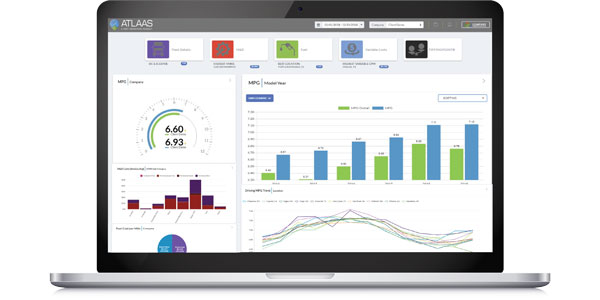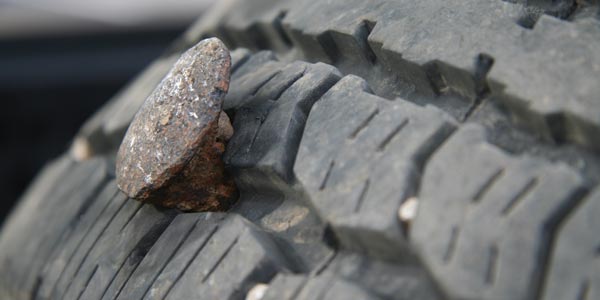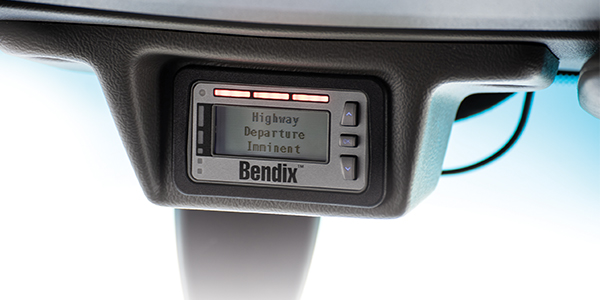Oil formulators also know that volatility, or the oil’s propensity to evaporate at higher temperatures, is a valuable piece of the equation. No matter how viscous or how shear-stable an oil is, it can’t protect engine components if it evaporates off surfaces at higher temperatures.
The PC-11A spec is much better understood due to vast experience with typical diesel oils. API CK-4 will require oils to have a minimum 3.5cPa HTHS test result and a minimum NOAK volatility test result of 13 to 15%. Field test experience is behind these recommendations.
PC11B requirements, on the other hand, are still shaping up. Current thinking is that HTHS test minimums will be 2.9-3.2cPa. This will finalize as diesel engine builders gain more experience. NOAK volatility limits on evaporation will also be finalized when more is known about actual diesel engine performance requirements.
Click here to read more from Fleet Equipment‘s Fuels and Lubes expert John Martin.
Although much is known about the lubrication of NASCAR and NHRA engines with very low viscosity oils, three factors keep this information from translating directly to heavy-duty diesel truck engines.
First, racing engine service life varies from about five miles to no more than 700 miles; so component longevity isn’t significant. Second, NASCAR and NHRA engine builders reduce bottom end clearances to provide adequate oil pressure at lower engine speeds. Third, race engines are never idled below about 2,500 RPM. These factors significantly improve low-speed splash lubrication.
Diesel engine builders haven’t had sufficient time to experiment with reduced clearances, and diesels idle at much lower RPMs. There is much more work to be done before PC-11B specifications are tightened up.














